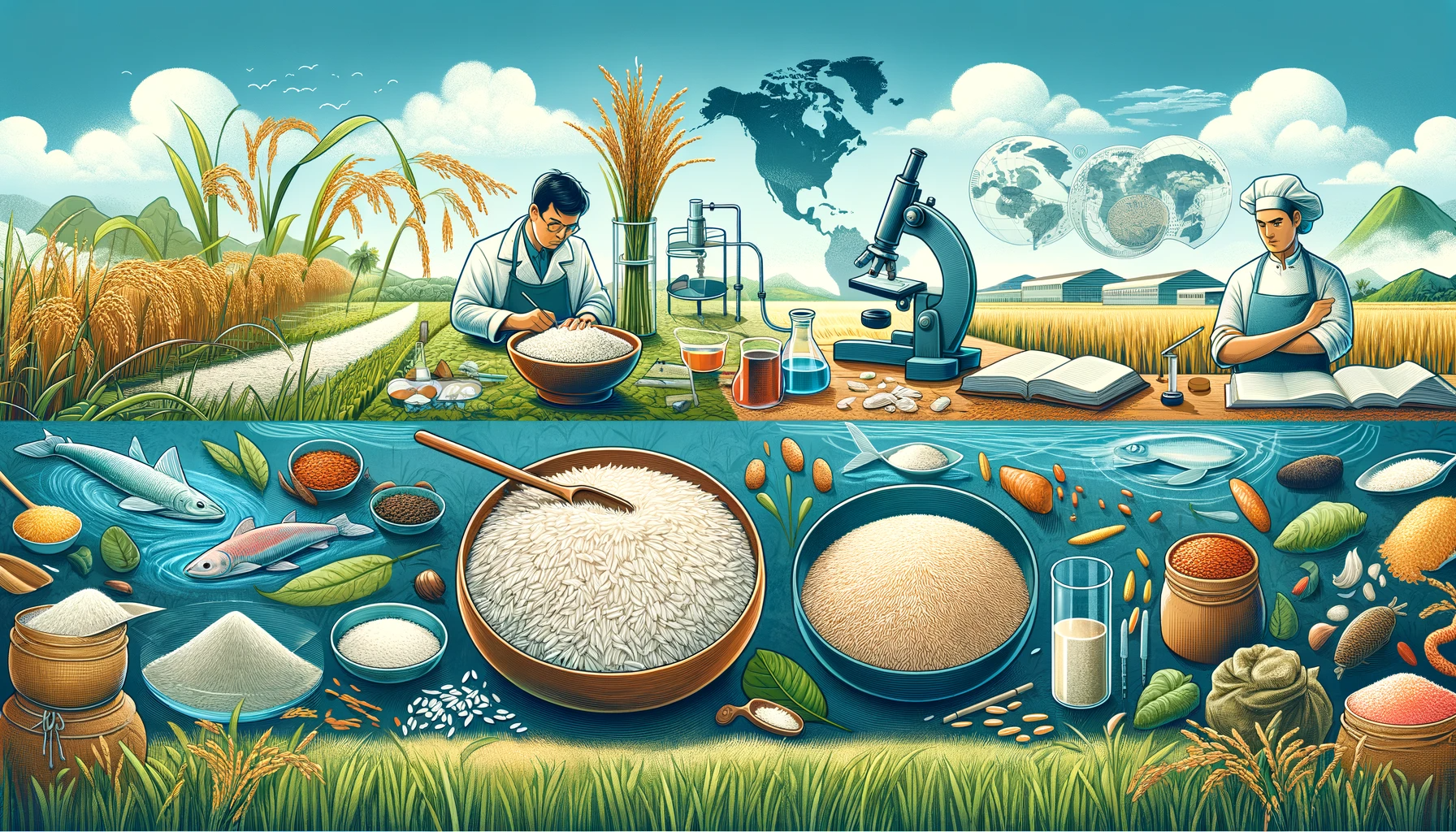In a world that is increasingly conscious of health and sustainability, the choice between organic and non-organic products has become a significant part of our everyday lives. One such choice is between organic and non-organic rice. Rice is a staple food for millions around the globe, and understanding the differences between these two options is essential for making informed dietary and environmental choices. In this article, we will delve deep into the nuances of organic and non-organic rice, exploring their production processes, health implications, and ecological footprints.
The Basics of Organic Rice
1. What is Organic Rice?
Organic rice is cultivated following strict guidelines set by organic farming standards. These standards prohibit the use of synthetic pesticides, herbicides, and genetically modified organisms (GMOs). Organic rice is grown in soil that is free from synthetic chemicals and undergoes minimal processing to maintain its natural integrity.
2. Organic Farming Practices
Organic rice farmers employ natural methods to control pests and diseases, such as crop rotation, beneficial insects, and companion planting. They also use organic fertilizers like compost and manure to nourish the soil.
3. Benefits of Organic Rice
- Chemical-Free: Organic rice is free from harmful chemical residues, making it a safer choice for consumers.
- Environmental Benefits: Organic farming practices are more environmentally sustainable, reducing soil and water pollution.
- Nutritional Value: Organic rice may contain higher levels of certain nutrients due to healthier soil conditions.
Non-Organic Rice: The Conventional Choice
1. Conventional Farming Methods
Non-organic rice, also known as conventional rice, is produced using conventional farming methods. These methods often involve the use of synthetic pesticides, herbicides, and chemical fertilizers.
2. Impact on the Environment
- Chemical Runoff: Conventional farming can lead to chemical runoff, contaminating water sources and harming aquatic ecosystems.
- Soil Degradation: Over time, the use of chemicals can degrade the quality of soil, making it less fertile.
3. Cost Considerations
Conventional rice is generally cheaper than organic rice due to lower production costs. However, it may come at the expense of long-term environmental and health costs.
Health Considerations
1. Pesticide Residues
- Organic Rice: Contains minimal or no pesticide residues, reducing health risks.
- Non-Organic Rice: May contain pesticide residues, potentially harmful to health.
2. Nutrient Content
- Organic Rice: Richer in certain nutrients due to healthier soil and farming practices.
- Non-Organic Rice: May have lower nutrient levels due to soil degradation.
Environmental Impact
1. Soil Health
- Organic Rice: Supports healthier soil by avoiding synthetic chemicals.
- Non-Organic Rice: Contributes to soil degradation over time.
2. Water Quality
- Organic Rice: Reduces chemical runoff and protects water quality.
- Non-Organic Rice: May lead to water pollution.
Making the Right Choice
When choosing between organic and non-organic rice, consider the following factors:
- Health: If you prioritize a diet with minimal chemical exposure, organic rice is the better choice.
- Environment: If you care about the long-term health of our planet and its ecosystems, supporting organic rice production can contribute to a more sustainable future.
- Budget: While organic rice may be pricier, the potential health and environmental benefits outweigh the cost for many.
In conclusion, the choice between organic and non-organic rice goes beyond dietary preferences; it encompasses health, environmental, and ethical considerations. By understanding the differences between these two options, you can make an informed decision that aligns with your values and priorities, ultimately contributing to a healthier and more sustainable world.
